
More thinking about the box - Mark Ravenhall
In my recent article for the Guardian Leadership and Management Hub [see above] I referred to the concepts of thinking outside and inside the box. It came from being struck by how often, in these days of ‘austerity’ (i.e. cuts)--of more-for-less, of students increasingly seeing themselves as customers, and of those customers shopping around--we are asked to 'think outside the box'.
Leaders find themselves implored to think differently, look for solutions that are not apparent, search beyond their immediate environment, and see how other people do things. I suppose this is the last thing leaders want to hear as colleagues are being laid-off and courses closed down.
But for me, thinking outside the box has got one thing going for it: thinking. It says the role of leaders is to think more, not so they do less, but because thinking and the leadership of thinking is central to their role.
The term ‘thinking outside the box’ is said to come from a nine dot puzzle first published in 1914. The dots were arranged in a grid like this:
Solvers were asked to ‘link all 9 dots using four straight lines or fewer, without lifting the pen and without tracing the same line more than once.’ (My source is Wikipedia!)
Of course this is only possible by going outside the grid of dots (or the ‘box’) like this, for example:
For years, management gurus had a field day with this and implied that whatever business we are in, leaders tend to create a ‘closed world’ within which they operate. The ‘box’ is illusory, created by our minds as we seek to see patterns in the world around us. It was also interesting that psychologists found that even when people were told that, in order to solve the puzzle, they needed to go ‘outside the box’, they still could not find the solution. Telling people was not enough.
When I first came across the puzzle (in one of Belbin’s books, I think) I found it impossible to solve. But like many a trainer confronted with something difficult, I used it immediately in a training session as an icebreaker. I found it was a good way to explore how we create structures or ‘boxes’ where they do not really exist.
More recently, writers on leadership and innovation like Boyd and Goldenberg have pointed out that it might be more effective to think inside the box, look at the resources to hand and put them to best use. If you haven’t read their book Thinking Inside the Box, it is worth a look.
In advocating for thinking inside the box, I wasn’t suggesting that we should draw a line around FE and keep all the good ideas to ourselves. I was suggesting that UK FE and skills is such a diverse sector that the answer must be somewhere amongst us. In the last year or so I have seen really effective and innovative provision that is the result of providers in different ‘parts’ of FE working together. In one or two cases I have met senior managers who prefer to work with colleagues outside their own organisation—even if it means subcontracting.
It is this sort of thinking that we need to explore more, whether it contributes to the wealth of scholarship on ‘collaborative systems’ or ‘distributed leadership’ that schools and universities benefit from, it doesn’t matter. It will mean that we are building a body of knowledge for and about FE.
I am really encouraged by the phone calls I am getting from leaders across FE and skills talking to me about ideas for FETL Fellowships. I’m hearing about ideas for research that will make a difference to how we shape the future of FE and challenge the concept of the ‘box’ we hold in our heads.



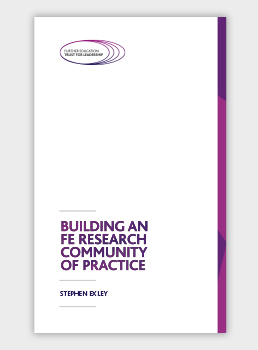
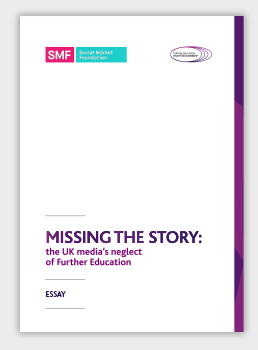

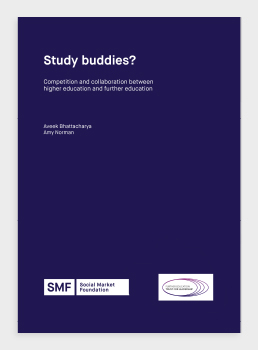



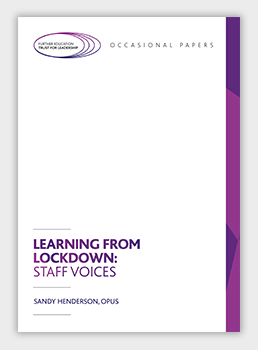











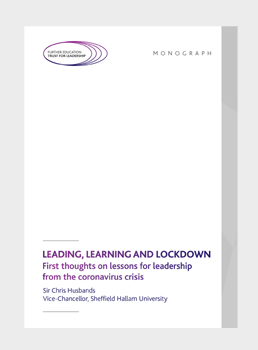
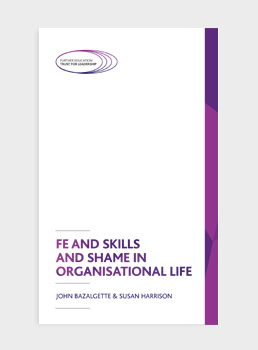
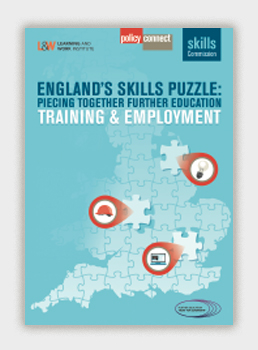
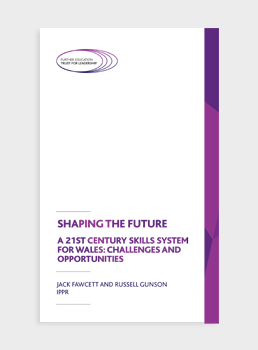

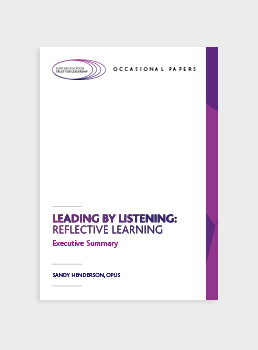


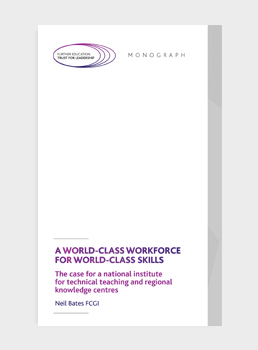

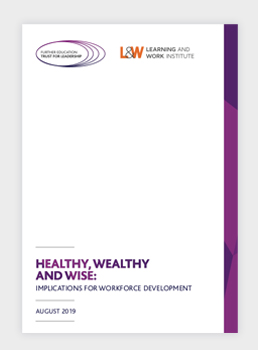


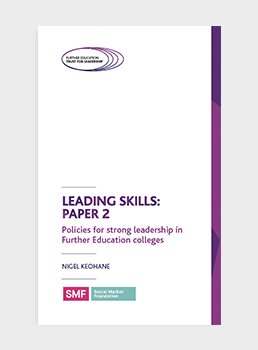



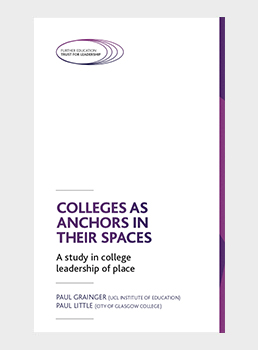
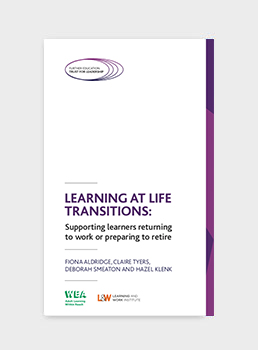
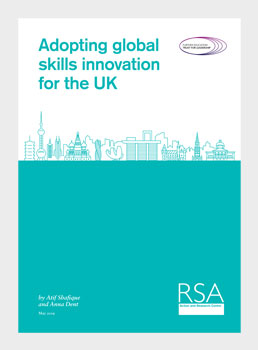
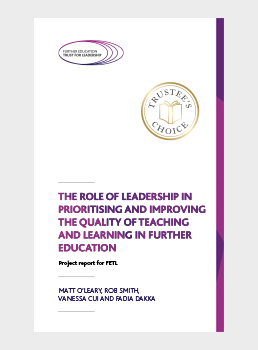

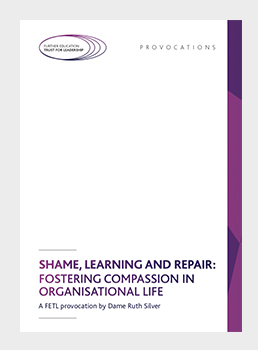
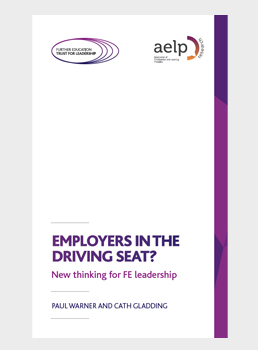

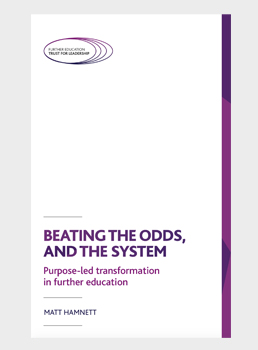
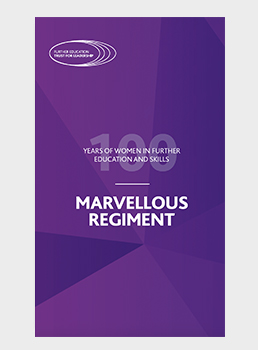

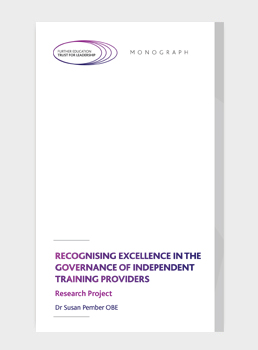


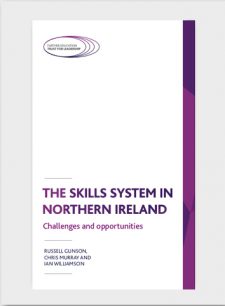

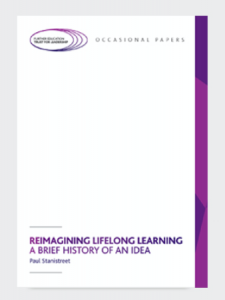




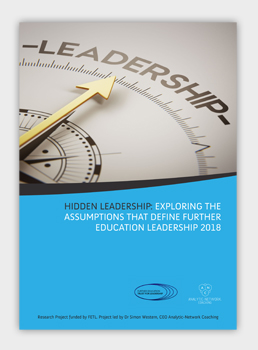





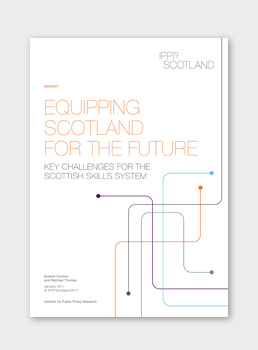
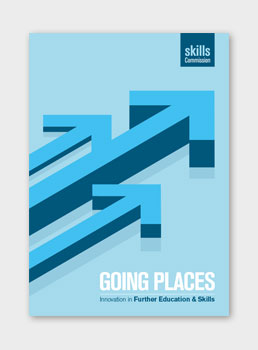


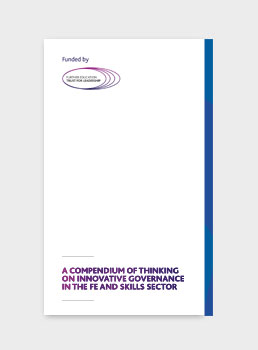


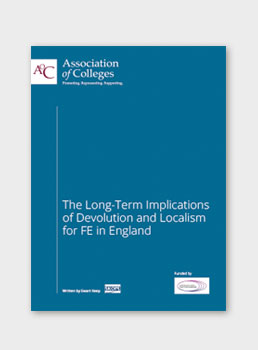
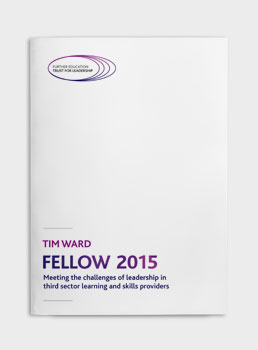
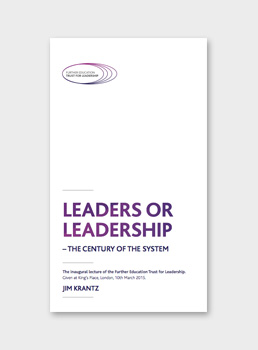


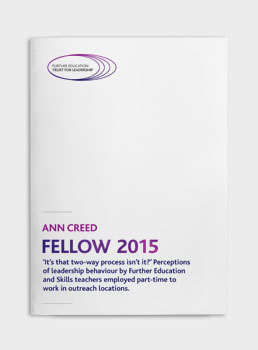

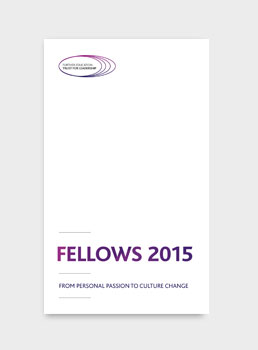



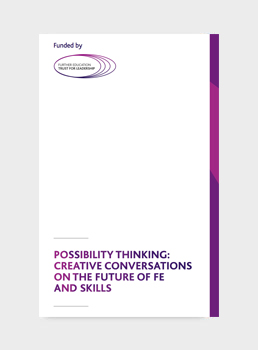
Hi there, just became alert to your blog through Google, and found that it’s really informative.
I’m gonna watch out for brussels. I’ll appreciate if you continue
this in future. A lot of people will be benefited from your writing.
Cheers! Lista escape roomów
I was examining some of your posts on this site and I think this site is real instructive!
Keep on putting up.!
I was looking through some of your articles on this website and I think this web site is real instructive!
Retain posting. Euro trip
Hi! Do you know if they make any plugins to assist with SEO?
I’m trying to get my site to rank for some targeted keywords but I’m
not seeing very good gains. If you know of any please share.
Appreciate it! You can read similar blog here: Warm blankets
Hi! Do you know if they make any plugins to help
with SEO? I’m trying to get my site to rank for some targeted keywords but
I’m not seeing very good success. If you know of any
please share. Thanks! I saw similar article here: Change your life
從精品皮革觸感到智能功率調節,RELX電子煙成功將VAPE設備轉化為時尚配件。電子 菸 油
梟客6代vs RELX 6代主機評測:台灣玩家首選解析